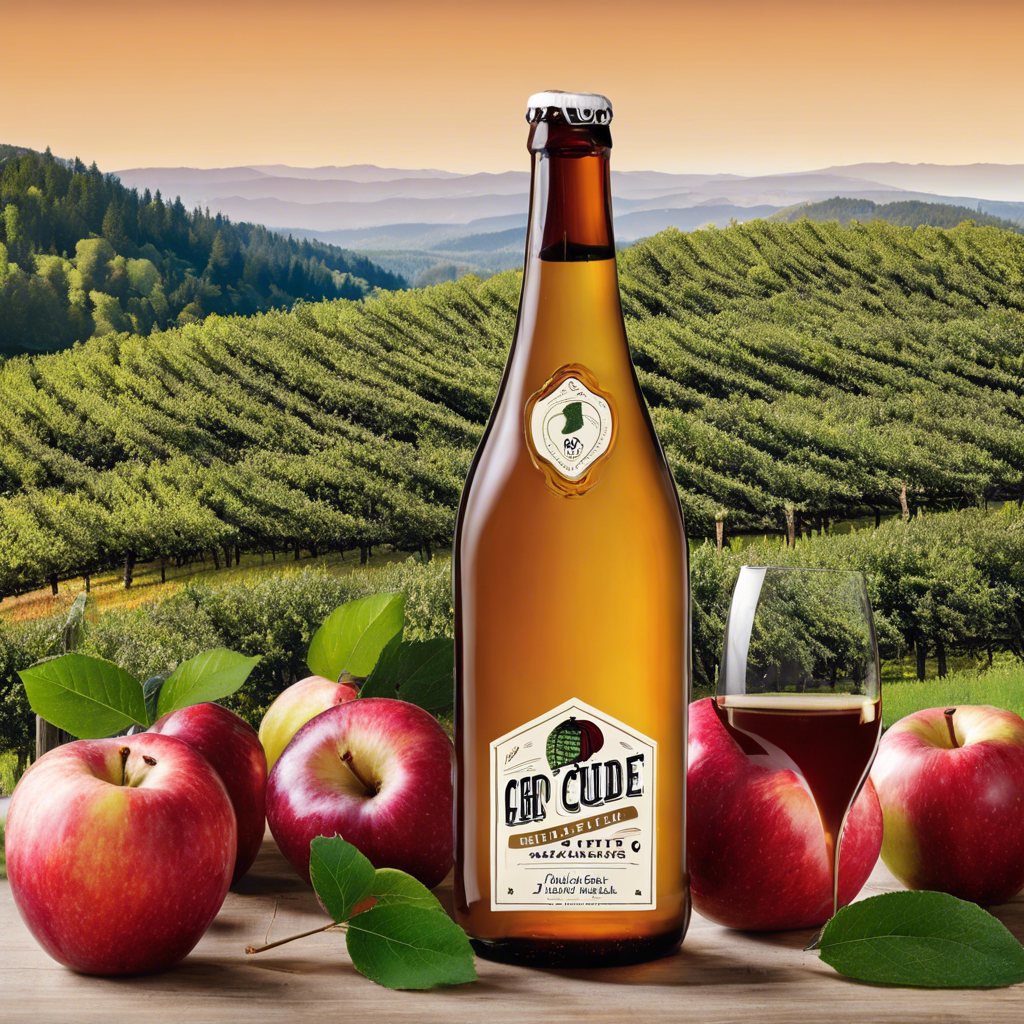Craft cider is having a moment. No longer relegated to just a seasonal sip, hard cider is enjoying a renaissance, with an increasing number of consumers reaching for crisp, complex cider pours year-round.
Much like the craft beer movement, the hard cider scene is booming with innovative producers showcasing an incredible range of flavors, styles, and production methods. From dry, tangy ciders that rival a fine Champagne to sweet, dessert-like sips, the world of cider is wonderfully diverse. So, what should you look for when tasting these intriguing tipples?
First, examine the pour. A good hard cider should have a clear, bright appearance, with a varying range of hues from light straw to deep amber. The head, or foam, should be white and range from a thin, delicate layer to a more robust, creamy head, depending on the style. This can indicate the cider’s carbonation level and the presence of proteins and tannins, which contribute to its mouthfeel and structure.
On the nose, take in the aroma. Cider can display an incredible array of scents, from crisp, fresh apples to more nuanced notes of blossom, honey, and hay. Some ciders may exhibit more funky, earthy aromas, while others might surprise with hints of spice or vanilla, imparted by oak aging or the addition of unique yeast strains.
Now, for the moment of truth—the taste. A well-crafted cider will strike a balance between sweet and acidic, with a dryness that lingers on the palate. Assess the body and mouthfeel, noting the level of carbonation and the presence of tannins, which can add a pleasant, subtle bitterness and astringency, much like a fine wine.
Consider the overall impression—does the cider leave a lasting impression, or is it forgettable? A memorable cider should offer a harmonious blend of flavors, with a smooth finish that invites another sip. Note the aftertaste; a good cider should not leave an overly cloying or artificial finish but rather a crisp, clean sensation that makes you crave more.
When tasting hard ciders, it’s also fascinating to consider the apple varieties used. Much like wine grapes, different apple cultivars offer unique flavor profiles, ranging from sharp, tangy notes to more subtle, rounded flavors. Some producers may even blend apples with other fruits, adding an extra layer of complexity to the cider.
The beauty of hard cider lies in its versatility. It can be enjoyed on its own or paired with a variety of cuisines, offering a refreshing alternative to beer or wine. When pairing cider with food, consider the range of flavors and styles available, from dry, crisp ciders that pair beautifully with seafood to sweeter, more full-bodied ciders that complement spicy dishes or rich, savory meats.
Lastly, don’t be afraid to explore! The world of hard cider is ever-evolving, with new producers, styles, and innovations emerging all the time. Attend cider festivals, visit local craft cideries, and join cider clubs to discover small-batch creations. By embracing the diversity of hard cider, you’re sure to find your new favorite tipple.
So, what are you waiting for? Grab a glass and start exploring the wonderful world of hard cider—your new drinking adventure awaits!
